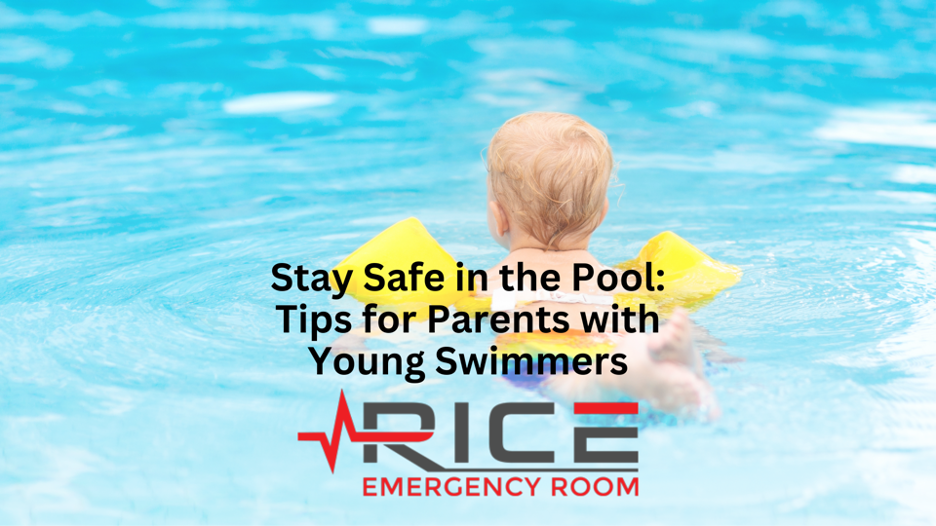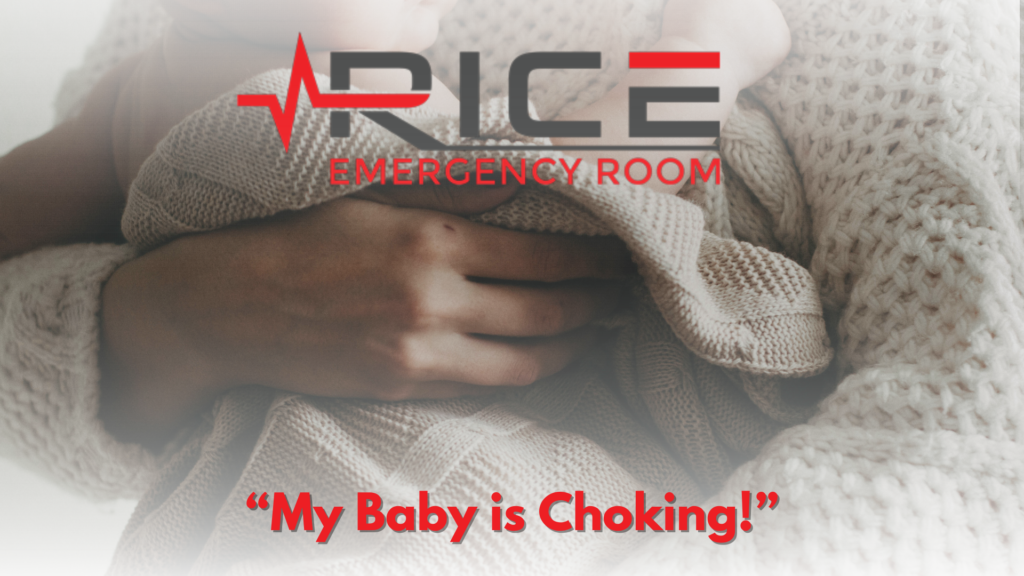Young swimmers give parents a new kind of stress. As summer approaches and temperatures rise, families across the globe are gearing up for fun-filled days by the pool. While swimming is an excellent activity for children, parents must prioritize safety. Drowning is a leading cause of accidental death in young children, making it essential for parents to be well-informed and vigilant when their children are near water. To aid parents in this endeavor, here are several essential tips to help safeguard their young swimmers while they revel in pool time.
- Supervision is Key
One of the most critical aspects of pool safety with young swimmers is adult supervision. Never leave children unattended near water, even if they know how to swim. Drowning can occur silently and within seconds, requiring constant supervision. Designate a responsible adult as the designated “water watcher” and ensure they are focused solely on supervising the children in the pool.
- Enroll Children in Swim Lessons
Swim lessons are not only a fun activity but also an essential skill that can save lives. Enroll your children in age-appropriate swim lessons to teach them basic water safety skills and swimming techniques. Even if your child knows how to swim, continue to reinforce water safety rules and skills regularly.
- Use Proper Safety Equipment
Ensure that your pool area is equipped with necessary safety equipment, including life jackets, rescue hooks, and a first aid kit. Life jackets should be worn by children who are not confident swimmers, especially in crowded or unfamiliar pool environments. Familiarize yourself with the indicators of drowning. Children often drown quietly and swiftly, typically appearing vertical in the water with their heads tilted back. Contrary to cinematic portrayals, they seldom splash, flail their arms, or cry out for help.
Recognize the symptoms of dry drowning, which can manifest after a child has left the water. These signs may encompass shallow or labored breathing, coughing, vomiting, fatigue, excessive sleepiness, and behavioral alterations. (Halkidis et al., 2023)
By being aware of these subtle cues, caregivers can promptly identify when a child is in distress, both during and after swimming activities. This knowledge empowers adults to take swift action, potentially averting tragic outcomes and ensuring the safety of young swimmers.
- Secure Pool Area with Barriers
Prevent unsupervised access to the pool by installing barriers such as fences, gates, and pool covers. Pool fences should be at least four feet high and equipped with self-closing and self-latching gates to prevent young children from accessing the pool area without adult supervision.
- Teach Water Safety Rules
Educate your children about the importance of following water safety rules, such as no running or pushing near the pool, no diving in shallow water, and never swimming alone. Reinforce these rules regularly and ensure that your children understand the potential dangers of disregarding them. (Dybala, 2020)
- Know CPR and First Aid
In the event of an emergency, knowing CPR and first aid can make a significant difference in the outcome. Take a CPR certification course and familiarize yourself with basic first aid procedures, including how to recognize and respond to signs of drowning. (Anzilotti, 2022)
- Limit Distractions
Avoid distractions such as using your phone, socializing with other adults, or consuming alcohol while supervising children near water. Stay focused on the task of supervising your children, as seconds can make a difference in preventing accidents.
- Stay Within Arm’s Reach
When children are in or near the water, always stay within arm’s reach. This ensures that you can quickly intervene if a child is in distress or needs assistance while swimming.
- Be Prepared for Emergencies
Create a pool safety plan that outlines emergency procedures, including who to contact in case of an emergency and where emergency equipment is located. Practice these procedures with your family so that everyone knows what to do in the event of an emergency.
- Be Mindful of Drain Safety
Teach children about the dangers of pool drains and encourage them to stay away from them while swimming. Ensure that pool drains are compliant with safety standards to prevent entrapment accidents.
Prioritizing pool safety is paramount for parents to ensure a secure environment for their young swimmers. By implementing these recommended safety tips, such as installing barriers, enforcing supervision, teaching swimming skills, and being prepared for emergencies, parents can significantly reduce the risk of accidents and enjoy peace of mind while spending time by the pool. Vigilance and preparation play pivotal roles in preventing drowning incidents and promoting water.
Works Cited
Halkidis, Anna, et al. “These Tips Will Help Your Kids Stay Safe near Water.” Parents, 4 Dec. 2023,
www.parents.com/kids/safety/outdoor/pool-drowning-safety-tips-for-parents/.
Dybala, Eric. “Safety First! 10 Must-Know Pool Safety Tips for Parents and Students.” Texas Swim Academy, 26 Nov. 2020,
texasswimacademy.com/safety-first-10-must-know-pool-safety-tips-parents-students/.
“Pool Safety (for Parents) | Nemours Kidshealth.” Edited by Amy W. Anzilotti, KidsHealth, The Nemours Foundation, July 2022,
kidshealth.org/en/parents/water-safety-pools.html.




